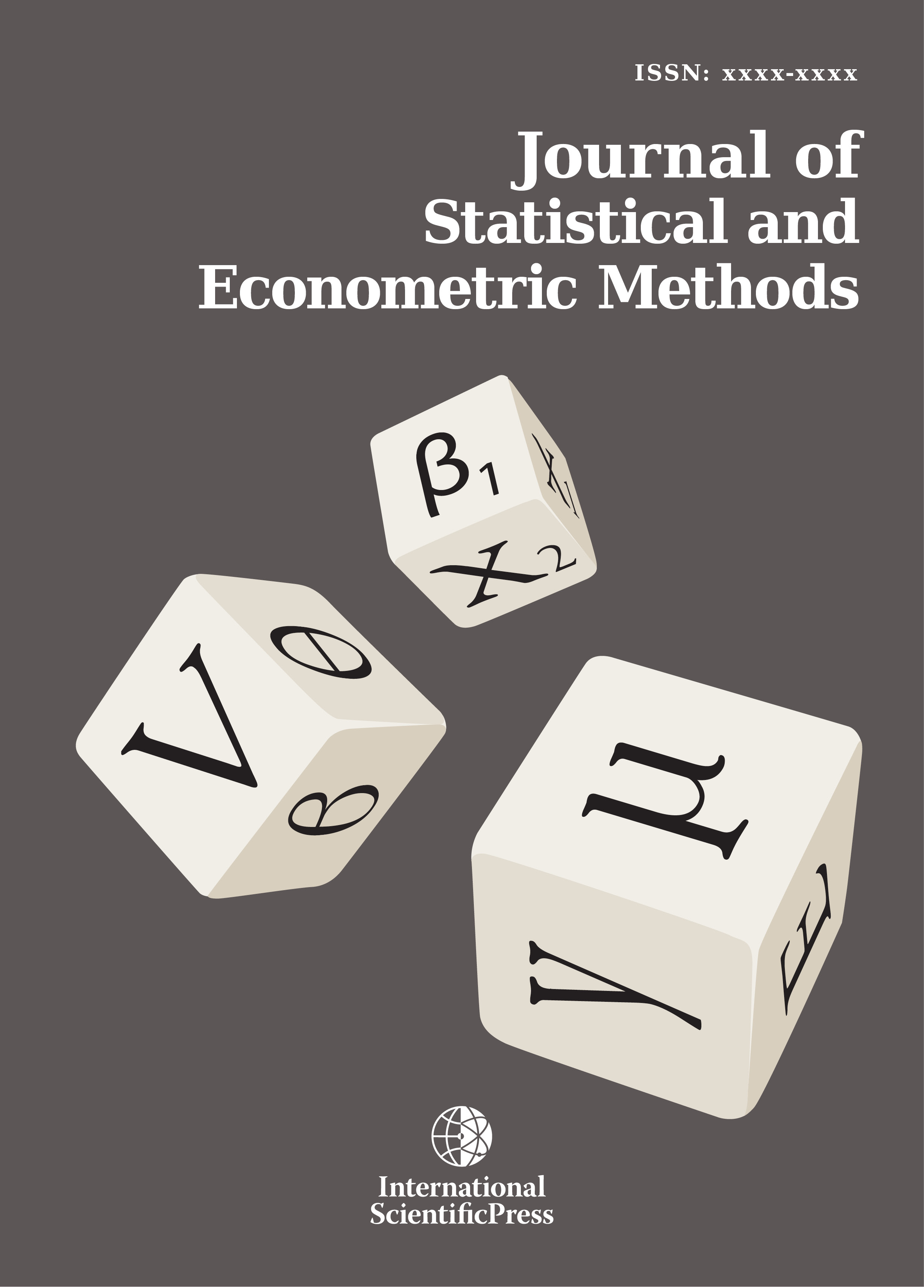Journal of Statistical and Econometric Methods
The Tenuous Ecological Divorce and Unemployment Link with Suicide: A U.S. Panel Analysis 1968-2020
-
 [ Download ]
[ Download ]
- Times downloaded: 8809
Abstract
In 2020, close to 46,000 people died from suicide in the U.S. Globally, rates of suicide have declined some in the last 20 years − not so for the U.S. In the last two decades, the U.S. has seen more than a 25% increase in age-adjusted suicide rates. Recent reviews of the sociologically grounded ecological studies of suicide find jurisdictional divorce and unemployment rates to be key suicide risk factors. However, a new vein of this literature is beginning to scrutinize long-established ecological links based on faulty statistical methodologies that previously ignored variable non-stationarity and the lack of series cointegration. The purpose herein is to fully dissect the tenuous ecological relationships between U.S. annual divorce rates, unemployment rates and suicide rates using a 53 year non-stationary panel of all 50 states and the District of Columbia. Results suggest no statistically imperious association, short-run or long-run, between suicide rates in the U.S. and the long-established risk factors divorce and unemployment rates. Implications of this dissection advocate for a shift in research focus to the individual − controlling for idiosyncratic specific-effects and key social processes.
JEL classification numbers: B55, C18, C49.
Keywords: Suicide rates, Cointegration, Ecological analysis, Non-stationary panel.
